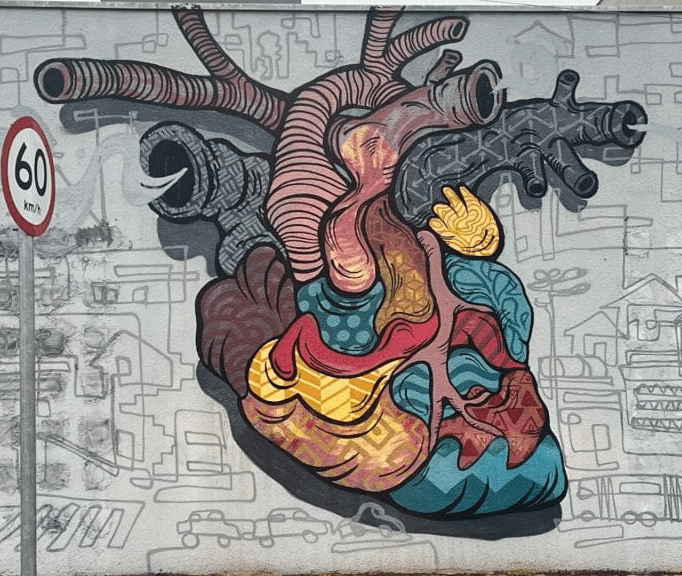“The important thing is to never stop questioning. Never lose … curiosity.”
-Albert Einstein-

Our research focuses on molecular mechanisms of cardiovascular diseases, with particular emphasis on G-protein coupled receptor signaling and cardiac metabolism. The long-term goal of this work is to delineate the role of inter-organ communication in aberrant cardiac metabolic signaling, and to unveil novel targets for pharmacological intervention. Our team utilizes a wide-range of techniques from biochemical/molecular studies to in vivo genetically-modified mouse models of diabetes and cardiac diseases. Ongoing projects are examining:
- The role of cardiac mitochondrial GRK2 in mediating hypertrophic cardiac dysfunction.
- GRK signaling in pancreatic β-islets and its impact to cardiac function.
- Novel modes of metabolic interactions between heart and pancreas.
OUR RESEARCH
Cardiovascular disease (CVD) and stroke account for an immense economic burden in the United States and globally. CVD is the number one cause of death in the United States, claiming close to a million lives per year. Risk factors such as diabetes and obesity increase tremendously the risk for CVD. Cardiac contractile function is largely controlled by G protein-coupled Receptors (GPCRs), such as β-adrenergic receptors. GPCRs are regulated through phosphorylation by GPCR kinases (GRKs), leading to receptor conformational changes, β-arrestin binding, endocytic vesicle formation, and receptor targeting for recycling or degradation (schematic shown in Fig. 1). The heart mainly expresses GRK2 and GRK5, with the former being implicated in the poor prognosis of heart failure both in human and animal studies.
The heart functions like a pump, delivering blood to the entire body. As such, this organ is under an extremely high energetic demand depending on an almost beat-to-beat basis for the production of ATP to elicit work. ATP is the biological “energetic currency” and it is almost entirely produced by organelles called “mitochondria.” We have recently shown that GRK2 non-canonically localizes to the mitochondria exerting an impact on cardiac metabolism and substrate utilization. Two main substrates are utilized by the heart to generate ATP: glucose and fatty acids. We are interested in investigating the mechanism of which the availability of metabolic substrates to the heart changes and how that affects cardiac function. Our current research focuses on diabetes, where there is lack of body glucose control. We aim at unraveling novel metabolic mechanisms in the pancreatic β-islet as well as in the heart.
Figure 1: G protein-coupled receptor activation and reactivation. At rest, G∝βϒ is bound to GDP and both receptor and G∝βϒ are not associated. Upon agonist binding, G∝βϒ associates with the receptor followed by GDP-GTP nucleotide exchange. G∝ and Gβϒ dissociate from the receptor with its respective effector proteins leading to downstream signaling. At the active receptor, GRKs bind and phosphorylate the receptor leading to receptor conformational changes and subsequent β-arrestin binding. β-Arrestin-bound receptors are then primed for clathrin-mediated endocytosis and sorted for proteosomal degradation or receptor recycling. Concurrently, RGS binds to G∝ leading to GTP hydrolysis and promoting the receptor to its initial resting state (from Sato, PY et al, Physiol Rev 2015).

